1. Hidden Film Reels No One Was Supposed to See
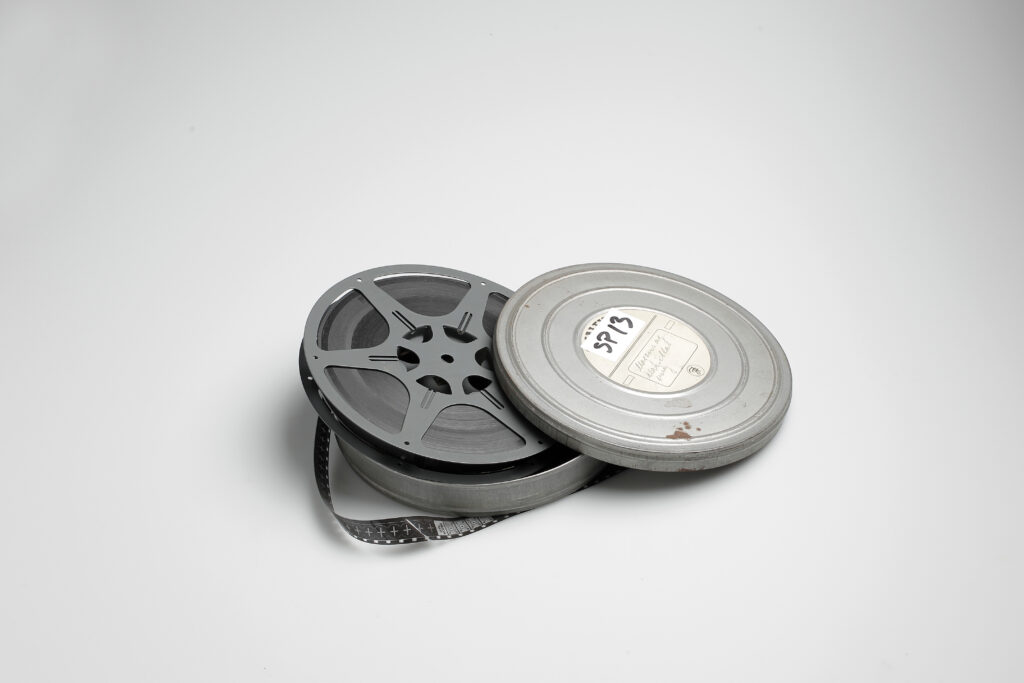
Old theaters often had dusty storage rooms, and sometimes projectionists stumbled on film reels that were never meant for the public. In some cases, these reels contained disturbing training videos, or test footage that looked unsettling when left to decay. People reported finding reels with scenes spliced out of context, creating eerie jump cuts and warped voices. Projection rooms themselves always felt haunted with the hum of old machines.
One chilling story told of reels that looked blank until projected, revealing faint ghostly images that didn’t make sense. Some were just damaged film, of course, but the effect could terrify anyone in a dark booth. Others were thought to be banned cartoons or censored clips that theaters kept hidden away. Either way, those forgotten reels often carried an unsettling energy, like they were never meant to be uncovered.
2. Strange Mummified Animals in the Walls
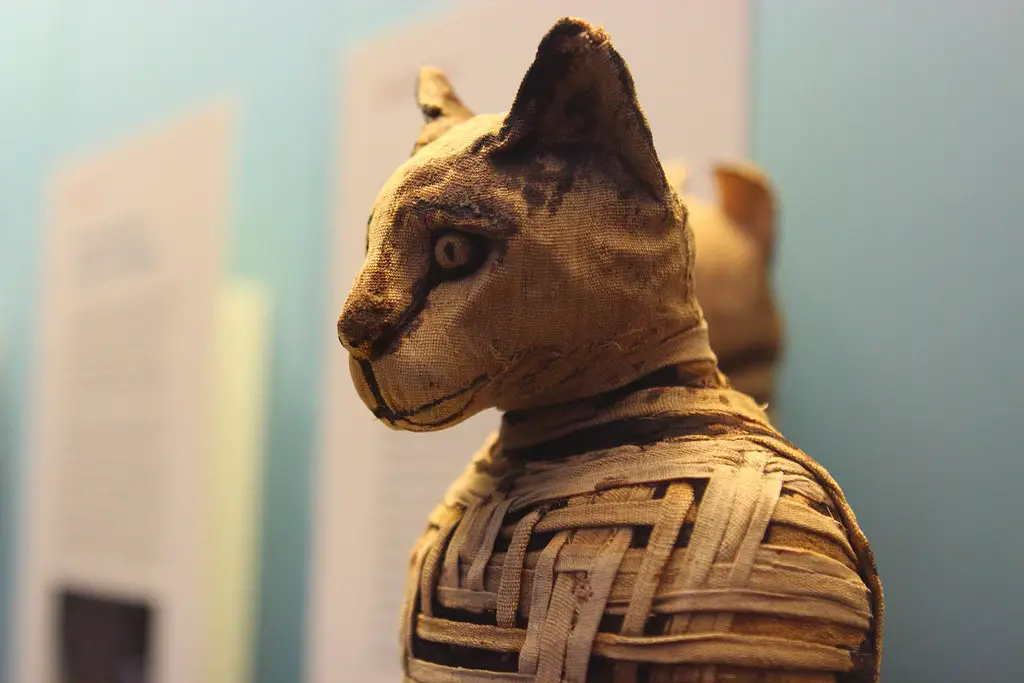
During renovations, crews sometimes knocked down old plaster and found long-dead animals tucked into walls. Rats, cats, even bats would sometimes crawl in, die, and get sealed up by time. The dry, musty air inside the theater worked almost like a preservation chamber. Workers would pull out these mummified creatures like something from a horror movie.
Superstitions followed, with some believing the animals were intentionally sealed in as “good luck charms” by builders, a practice that actually has roots in old folklore. Others just assumed the critters got stuck chasing the heat from the projectors. Either way, finding tiny, twisted remains in the walls of a place meant for entertainment always gave people chills.
3. Basements Filled with Forgotten Costumes

Many theaters doubled as performance spaces before the movie boom, and their basements often stored stage props and costumes. When rediscovered decades later, some of these items looked straight out of a nightmare. Moldy clown suits, masks with cracked faces, and feather boas shedding into dust were just some of the creepy finds.
Costumes left behind carried the smell of mildew and looked like something from a haunted house attraction. Sometimes entire trunks of clothing were unearthed, with old labels still stitched inside. These outfits hinted at forgotten shows, yet in the dim basement light, they gave off a sinister feeling. People swore they felt eyes watching when they opened the old boxes.
4. The Smell of Decay Leading to Terrifying Finds
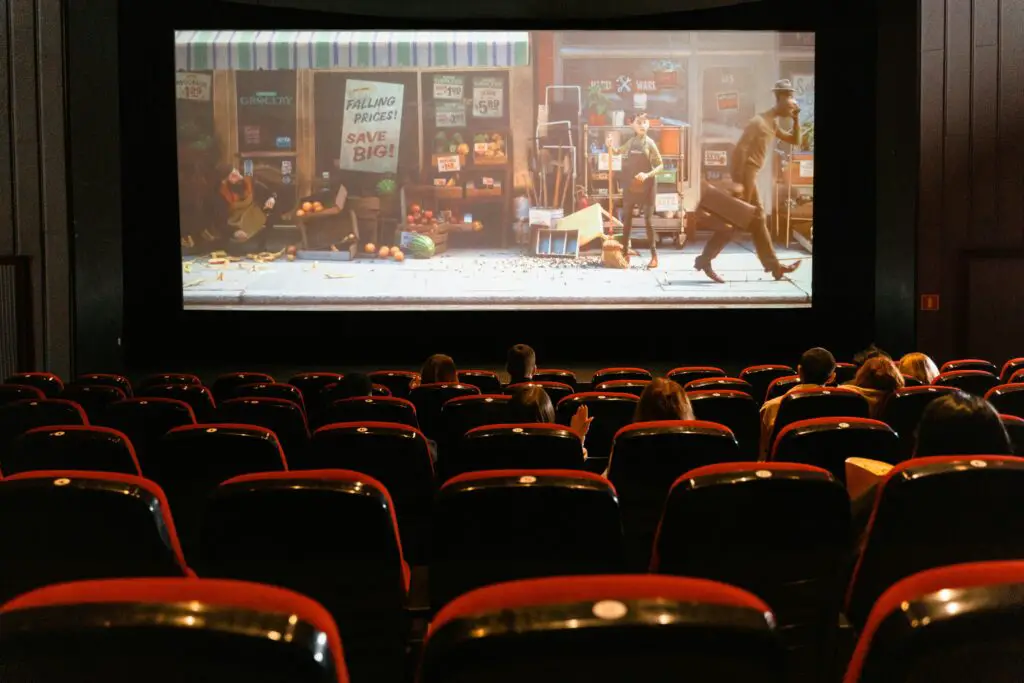
One of the creepiest discoveries in old theaters often started with a smell. Renovation crews would notice something foul, only to find the source deep behind a wall or under the floorboards. Sometimes it was old food that had rotted into unrecognizable sludge. Other times, it was worse—small animal remains or forgotten storage crates filled with spoiled goods.
Theaters in the early 1900s often doubled as gathering halls, meaning people brought in everything from groceries to animals. When things got left behind, time did its worst. The combination of decay and the eerie quiet of an abandoned theater made the discovery feel more sinister than it really was.
5. Old Projectionist Logbooks with Odd Entries

Projectionists often kept meticulous logs of film reels, showtimes, and notes about the equipment. Sometimes, though, the handwriting in these old books included strange doodles or unsettling comments. One log discovered in a Midwestern theater had a note reading, “He’s still here after the lights go down,” scribbled in the margin.
Whether it was a bored worker joking around or someone genuinely unnerved, the words carried weight decades later. Other entries described strange noises in the projection booth or shadows that crossed the screen when no one was inside. These fragile notebooks gave a personal glimpse into the lives of the people who once worked the booths, but they also left behind a lot of unanswered questions.
6. Locked Rooms That Hadn’t Been Opened in Decades
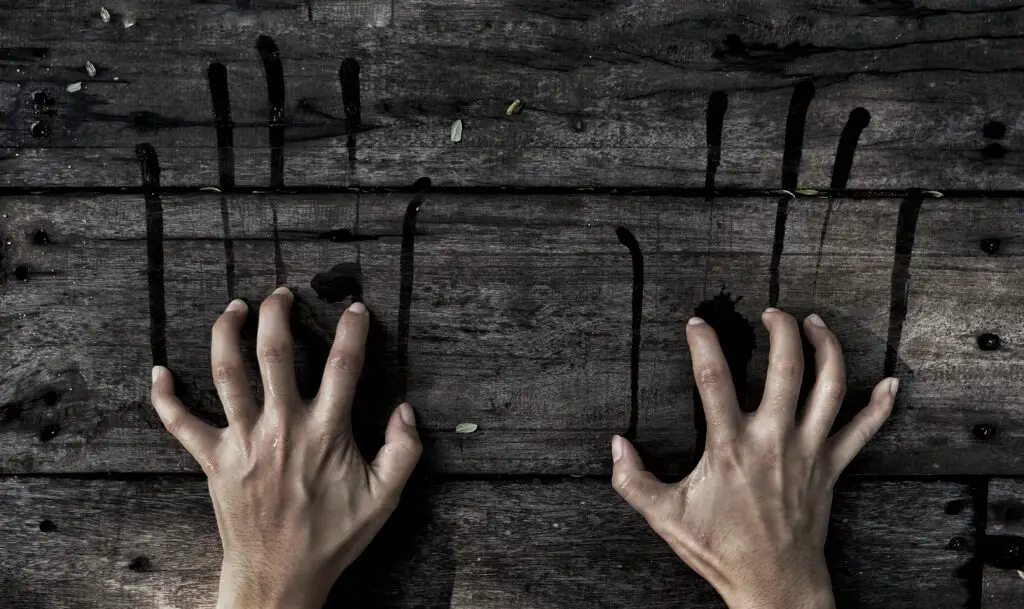
Many theaters were sprawling, with back rooms and hallways that weren’t always used once the golden era of cinema passed. Renovators often found locked rooms with no keys, forcing them to break the door open. Inside, they sometimes discovered untouched offices, with calendars frozen in time and furniture covered in thick dust.
What made it creepy wasn’t just the age of the items, but how suddenly abandoned the rooms seemed. One office still had a cup of coffee on the desk, dried into a brown ring of sludge. Another contained stacks of unopened mail, all dated from the same year. It looked as though people had simply vanished mid-shift, never to return.
7. Phantom Posters and Disturbing Advertisements
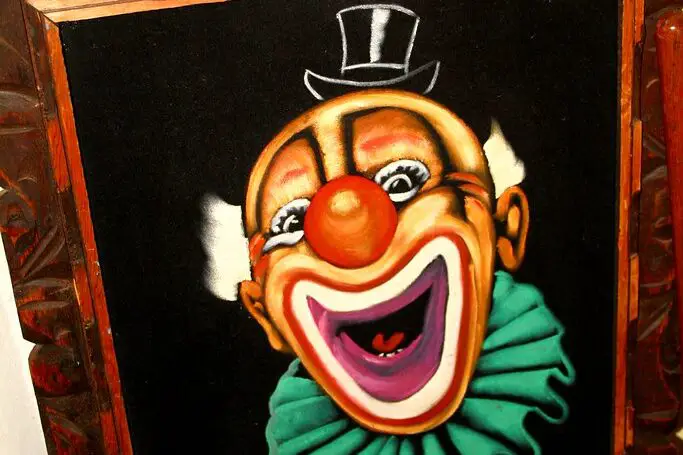
In hidden corners, workers sometimes found layers of old posters pasted one over another, like geological layers of film history. The earliest ones often advertised forgotten horror films or propaganda reels, with imagery that felt unsettling in the modern day. Faces with exaggerated expressions, war slogans, or eerie medical films all stared back when the layers were peeled.
Some posters had deteriorated to the point where only half a face remained, adding to the nightmare effect. In some theaters, whole walls were lined with decaying paper, turning renovation into a walk through time. What was once marketing had turned into a strange collage of forgotten fears.
8. Antique Medical Kits in Storage Rooms
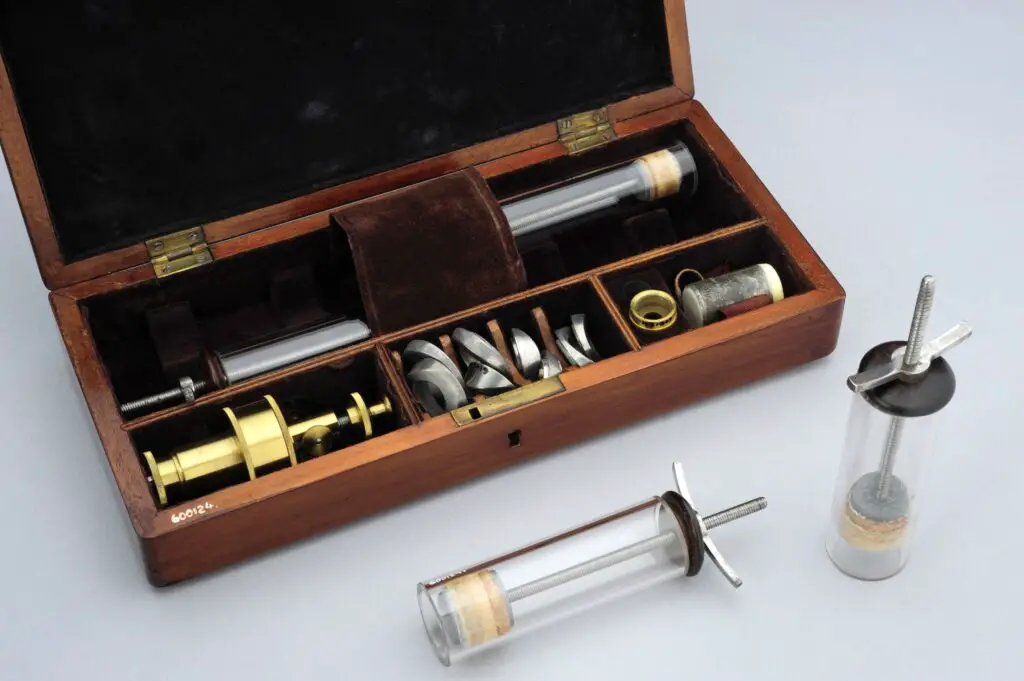
A few theaters moonlighted as public spaces during tough times, and storage rooms sometimes hid items that had nothing to do with movies. In one case, renovators found an old wooden box containing surgical tools—scalpels, clamps, and syringes. The discovery sparked rumors of the theater once serving as a makeshift infirmary.
The tools, rusted and sharp, looked like something out of a horror film. Paired with the dim lighting and dusty shelves, it wasn’t hard to imagine darker uses. While they may have just been leftover from community events or donated supplies, the discovery of medical equipment in a place meant for joy made everyone uneasy.
9. Balcony Seats with Strange Carvings
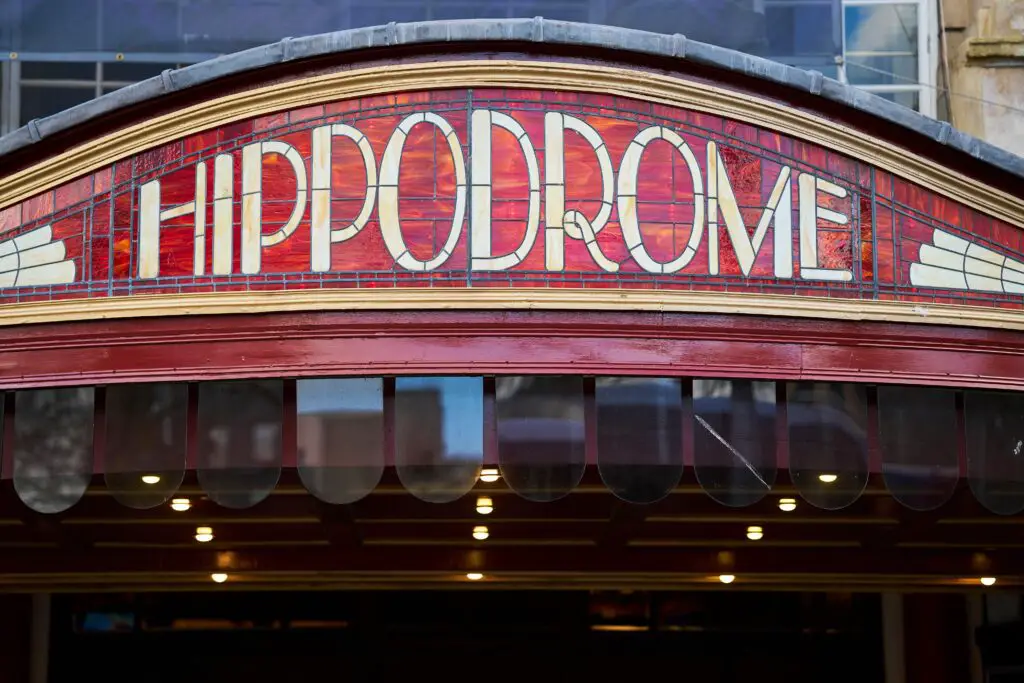
Up in the balconies, some old theaters still had the original wooden seats. Over the years, patrons carved initials, doodles, and sometimes darker symbols into the armrests and backs. Among the hearts and names, workers occasionally spotted pentagrams or cryptic phrases.
Because balconies were often empty or less supervised, they became a space where people expressed themselves in secret. Finding such carvings decades later gave the impression of hidden rituals or messages. Some looked like inside jokes, while others felt like warnings etched into the wood itself.
10. Forgotten Personal Items Left Behind
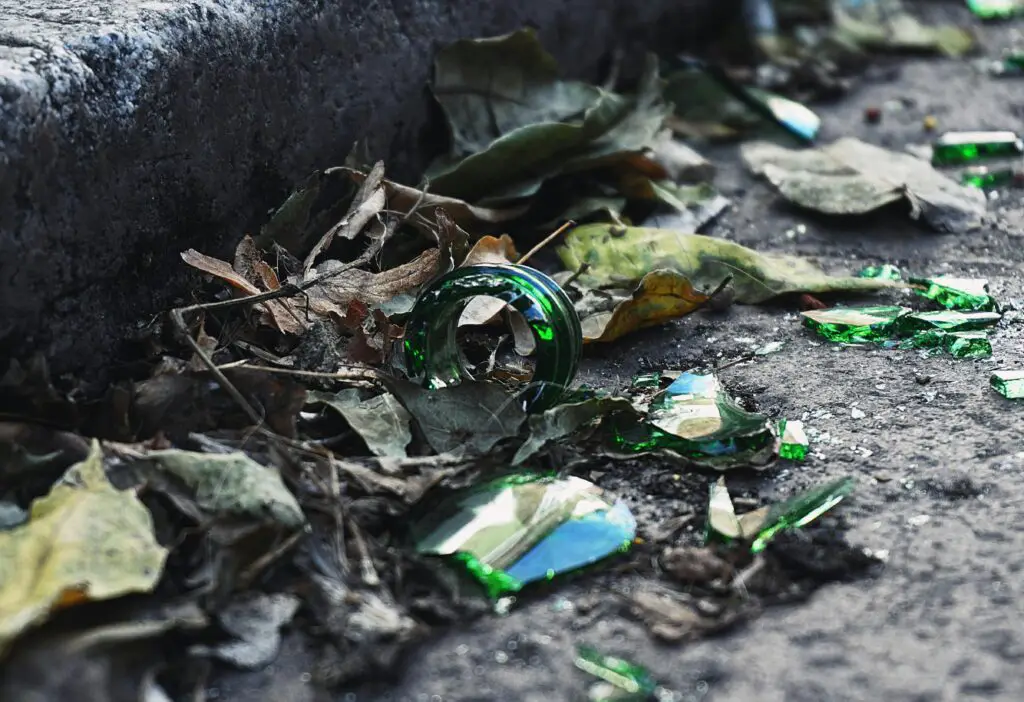
It wasn’t uncommon to discover personal items in hidden corners: a child’s shoe under a row of seats, a purse wedged in the floorboards, or a pair of broken glasses tucked in the projection booth. Each object told a story of someone who came for a show and left something behind.
But after decades, the items took on an eerie quality. A single doll shoe covered in dust seemed more haunting than a whole lost-and-found box. Glasses with one cracked lens looked like something out of a ghost story. These small remnants of past lives made theaters feel less like entertainment palaces and more like abandoned time capsules.
11. Underground Tunnels Leading Nowhere
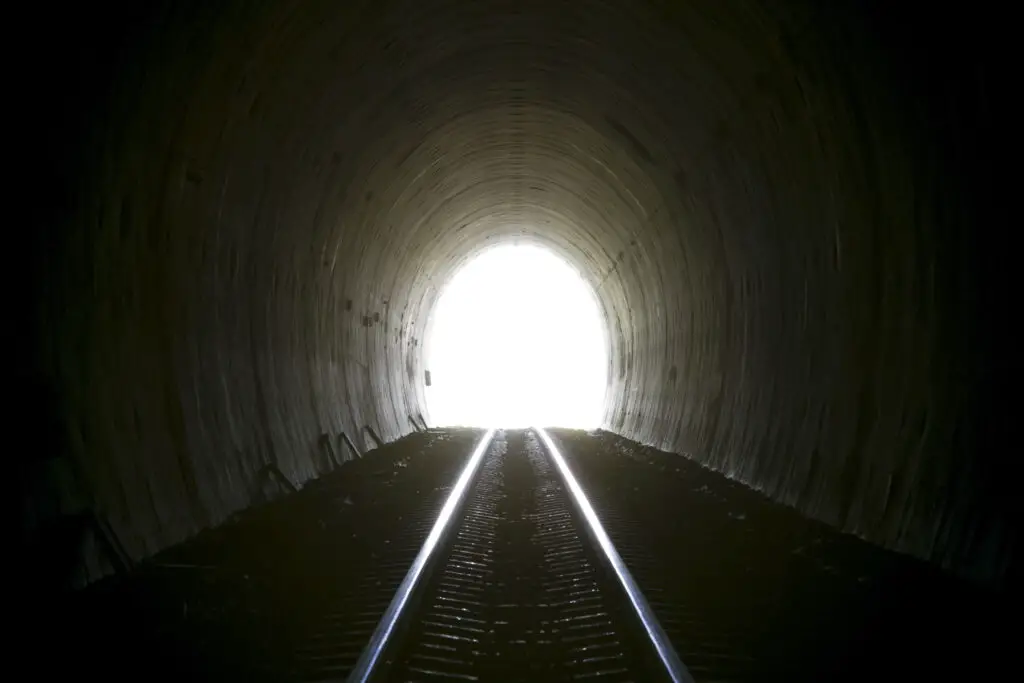
Some theaters were built with tunnels, either for performers, staff, or Prohibition-era bootlegging. Over time, these tunnels were sealed, forgotten, and left to rot. Renovators breaking through a floor sometimes discovered one of these dark passages. The air inside was heavy, stale, and suffocating.
Exploring them often revealed dead ends or collapsed walls. Other times, they led to mysterious rooms with no records of their purpose. Urban legends grew that tunnels were used for secret gatherings or criminal activities. The darkness inside made people uneasy, as though something was still hiding just out of sight.
12. Dust-Covered Projectors That Still Worked
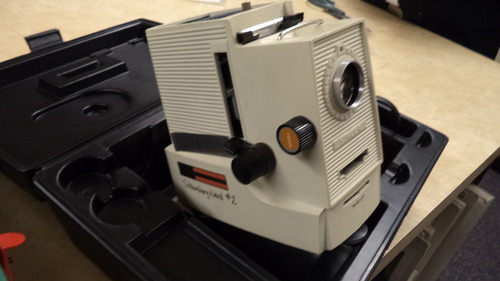
Perhaps the creepiest discoveries were the machines themselves. Some theaters still had their original projectors sitting in the booth, covered in decades of dust. When cleaned up, some of them could still turn on, casting flickering light across a blank wall.
The image, distorted and colorless, looked like a ghost of the movies that once filled the room with laughter and screams. Standing alone in an abandoned theater, hearing the projector whir to life, was enough to raise the hair on anyone’s arms. It was a reminder that the past was never really gone, just waiting for someone to bring it back into the dark.
